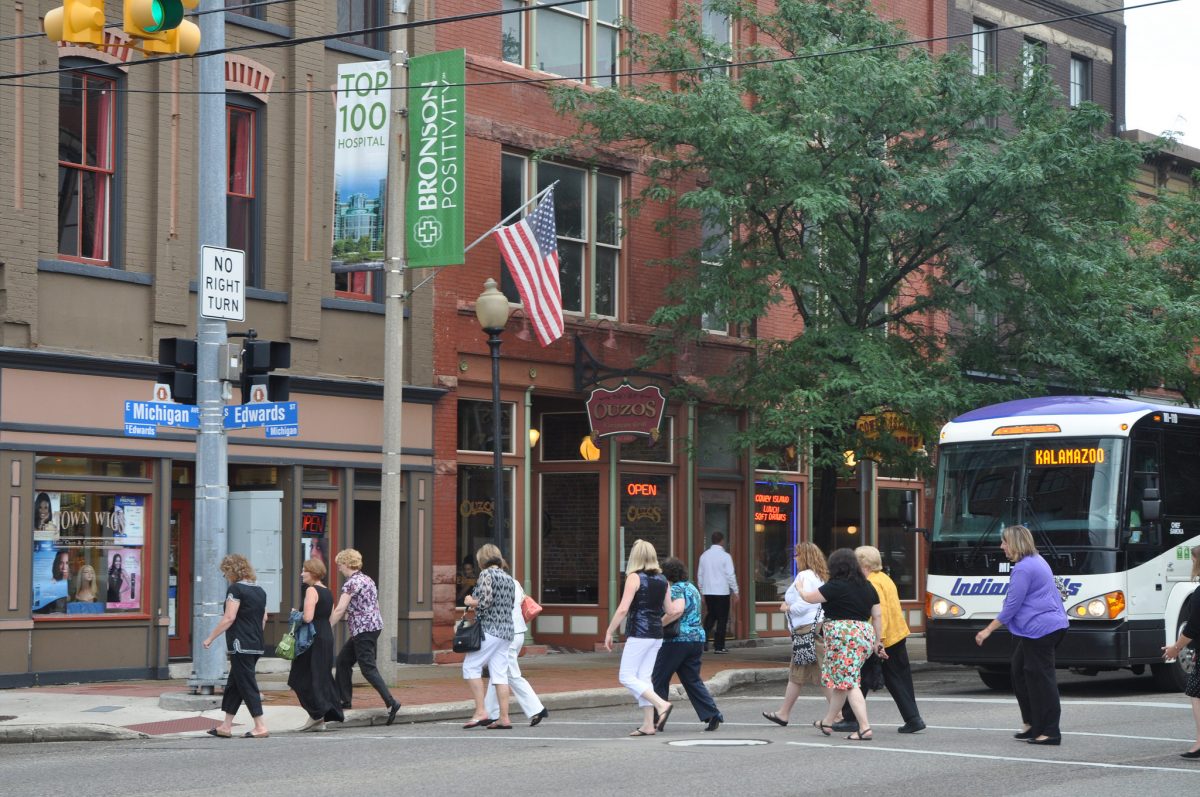Why We Can’t Afford to Ignore the Needs of Non-Drivers With Disabilities
People with disabilities who don’t drive are being left behind by accessibility efforts that ignore their unique and diverse needs…

This week is National Public Health Week, and we encourage our readers to continue their work in pushing mobility and transportation as key components in supporting public health. Transportation and public health are linked through mobility’s role as a key social determinant of health. People from all backgrounds and geographic settings must make daily decisions about their transportation and often face many barriers in accessing services and activities such as work, school, grocery stores, and health care.
Because of the complexity of this issue, it is impossible to address transportation barriers from one individual angle, as needs and challenges vary greatly within different populations. The most commonly discussed areas of overlap between transportation and public health include active transportation, air quality, safety, and connectivity to destinations.
The U.S. Department of Transportation (DOT) and the Centers for Disease Control and Prevention (CDC) recently created a Transportation and Health Tool that mobility and transportation providers can use to find resources and information to better understand the complicated relationship between health and transportation. We encourage mobility managers to consider the tool to assist them in identifying strategies to improve health through their daily work.
Research has shown that taking public transportation and engaging in active transportation offers a wide range of health benefits including decreased risk of disease, mental health benefits, and a safer journey overall. Active transportation such as walking and cycling improves respiratory and cardiovascular health. Mental health improves when people drive less due to fewer stressors that are unique to driving, and walking or biking allow an individual to spend time outside, which has proven health benefits.
It is important for our services and environments to accommodate a wide variety of health and wellness needs. For example, there continue to be health disparities between adults with disabilities and able-bodied adults. Individuals with disabilities experience different health characteristics and behaviors which can be exacerbated by the fact that built environments can fail to take their specific needs into account. The environment poses additional challenges to achieve basic goals of health and wellness. It is important for projects and strategies that focus on creating healthy communities to promote and prioritize the inclusion of individuals with disabilities.
Butte, Montana, through the help of a CDC grant and strong community engagement, has begun applying universal design standards in its planning projects. Through the grant, Butte designed a universally accessible local pool and playground and included strong active transportation language in an updated transportation plan. Mobility managers interested in inclusive planning as an avenue to promote health in their community should look into the recently announced inclusive planning project grants through the Administration for Community Living.
We are beginning to see more organizations and entities in the health care sphere understand the impact of social determinants of health. Through a new pilot program, Geisinger Health System is working with rabbittransit, a local transportation operator to provide trips to medical and health-related appointments. Though they’re starting with medical appointments, the goal is to eventually expand the service into non-clinical but still health-related trips such as going to the pharmacy, a grocery store, or a job interview.
On a large scale, the Centers for Medicare and Medicaid Services (CMS) recently expanded how it defines primary health-related benefits that allowed to be included in Medicare Advantage policies. These new benefits could include things such as healthy groceries, rides to medical appointments, or simple modifications to beneficiary’s homes such as wheelchair ramps or grab bars in their bathroom.
When talking about keeping people healthy, living longer, and maintaining independence, it is critical to focus on more than clinical health care. Social determinants, especially mobility and transportation, are just as important to individual health and the overall health of a community. Mobility Managers are key players in this work and we encourage you to collaborate with your partners in health and other social services to improve life for your residents as a whole.
Image Credit: Michigan Municipal League, Flickr, CC BY-NC-ND 2.0
Have more mobility news that we should be reading and sharing? Let us know! Reach out to Sage Kashner (kashner@ctaa.org).
Please confirm you want to block this member.
You will no longer be able to:
Please note: This action will also remove this member from your connections and send a report to the site admin. Please allow a few minutes for this process to complete.